On Strossmayerovo nám. in Prague 7, the Technical Administration of Communications (TSK) has begun planting 17 climate-resistant Julian alder trees.
This initiative is part of the unique project Climate Trees for Prague, which addresses the challenges posed by climate change.
The planting of 17 Celtis julianae (Julian hackberry), known for their resilience in urban environments, has begun on Strossmayerovo nám. These fast-growing trees will not only enhance the urban landscape but also provide much-needed shade, capture dust, and promote the efficient use of rainwater.
“The city is facing the harsh impacts of climate change, and therefore, it is essential to explore new types of trees that can adapt to extreme conditions. The project Climate Trees for Prague is our response. It is an investment in a greener future that will ensure Prague’s streets remain pleasant places to live,” explained Jana Komrsková, Deputy Mayor for the Environment.
Before planting, the tree pits were prepared in the spring to create adequate space for roots, rainwater, and soil aeration.
“We direct rainwater from the entire walkable area of the square to each tree. This setup creates conditions that will support the long-term health and growth of the trees,” said Filip Hájek, CEO of TSK.

The city districts are also playing an active role in planting trees. Jan Čižinský, Mayor of Prague 7, highlighted the significance of this initiative: “Trees are the green lungs of the city. They provide shade, cool the streets, capture dust, and retain water. We believe the Julian alders will create a beautiful and pleasant environment for residents and visitors for many years to come.”
This initiative is unprecedented in European cities. Its goal is to identify new tree species that can withstand the effects of climate change.
“We are giving Prague a green future. By planting trees throughout the city, we are taking action to counteract climate change, which is overheating our urban areas. Nature cannot wait—we must act now,” added Zdeněk Hřib, Deputy Mayor for Transport.

Why Plant New Species?
Existing trees, such as maples and ash trees, are increasingly threatened by drought, heat, and pests. Introducing new, climate-resistant species offers hope for a more sustainable and greener city. The planting on Strossmayerovo nám. follows the reconstruction of Dukelských hrdinů Street, where additional trees will soon be planted.
Would you like us to write about your business? Find out more
The Czech Scouts are getting ready to distribute the Peace Light of Bethlehem, one of the symbols of the Christmas season, around Prague after transporting the light from Vienna last weekend.
The Czech Scouts, part of the international scouting organization that includes the U.S. Boy Scouts, have already delivered the Bethlehem light to Brno in the Czech Republic.
The flame was first lit in Bethlehem in the West Bank, Palestine, and will arrive into Brno by train.
In the afternoon, the Scouts distributed the light to several places in the capital, using a historic tram for the purpose.
On Sunday afternoon, an ecumenical welcoming of the Bethlehem light will take place in Brno’s Cathedral of Saints Peter and Paul.
The Scouts have been bringing the Bethlehem light to the Czech Republic for 30 years. For the first time, they brought the light under the statue of St. Wenceslas in Prague during the Velvet Revolution in December 1989.
After the fall of the communist regime, the arrival of the Bethlehem Light was one of the first major events that allowed Scouts to meet freely.
In 1986, the Bethlehem light made its first journey to Linz, Austria, becoming part of the Christmas charity event organized by Austrian radio and television to help disabled children.
The idea then spread from Austria to dozens of countries around the world.
Would you like us to write about your business? Find out more
European Union ministers on Thursday agreed to let Bulgaria and Romania fully integrate into Europe’s ID-check-free travel zone, known as the Schengen area, by lifting land border controls from next year, the EU’s Hungarian presidency said.
Bulgaria and Romania joined the Schengen area in March after years of negotiations, providing free access for travelers arriving in both countries by air or sea.
However, land border checks remained in place due to opposition, chiefly from Austria, over concerns that the two countries were not doing enough to prevent migrants from entering without authorization.
“Interior ministers have just adopted a decision to lift internal land border controls with and between Bulgaria and Romania,” the Hungarian presidency posted on X. “A great victory for Bulgaria, Romania, and all of Europe!” Land border checks will end from Jan. 1.
Romania’s Prime Minister Marcel Ciolacu said the decision would be a “major benefit” to his country’s economy and enable “faster journeys home for the millions of Romanians” living and traveling within the Schengen area.
Freedom of movement is central to European integration. More than 420 million people live in the Schengen area, and their freedom to move across borders helps businesses and tourism to flourish.
Romanian President Klaus Iohannis called it a “natural and necessary step” that will significantly reduce wait times at borders, lower logistical costs for businesses, and attract foreign investors.
“Schengen membership has been a strategic objective for our country,” he said in a statement. “Over time, there have been numerous obstacles, despite Romania’s technical readiness to meet Schengen standards for many years.”
He added that Romania would “continue to act responsibly to protect and strengthen the EU’s external borders” to manage illegal migration.
The Schengen Area was established in 1985. Before Bulgaria and Romania’s partial admission, it was comprised of 23 of the 27 EU member countries, along with Switzerland, Norway, Iceland and Liechtenstein. Around 3.5 million people cross an internal border each day.
Would you like us to write about your business? Find out more
A new interactive museum in the heart of Prague invites visitors to explore the life and works of Wolfgang Amadeus Mozart through the lens of modern technology.
Located in Lesser Town, this innovative exhibition combines interactive experiences with cutting-edge visuals, offering a fresh perspective on the legacy of one of the greatest composers in history.
Engaging Experiences with a Modern Twist
Guests are invited to take on the role of a conductor, reenact the iconic Prague premiere of Don Giovanni, or even try their hand at entertaining Empress Maria Theresa. Visitors can also play the harpsichord under the guidance of Mozart’s father, Leopold. These immersive activities highlight Mozart’s deep connection to Prague, where he enjoyed a strong bond with the city’s music-loving audiences.
Renowned actor Karel Dobrý lends his voice to guide visitors through the museum as Mozart’s inner voice. Live-action portraits, created in collaboration with the Pokrok Studio, bring key historical figures to life. Mozart’s father, Leopold, is portrayed by Martin Zbrožek, while Antonio Salieri and Empress Maria Theresa are played by Karel Dobrý and Barbora Vaculíková, respectively.
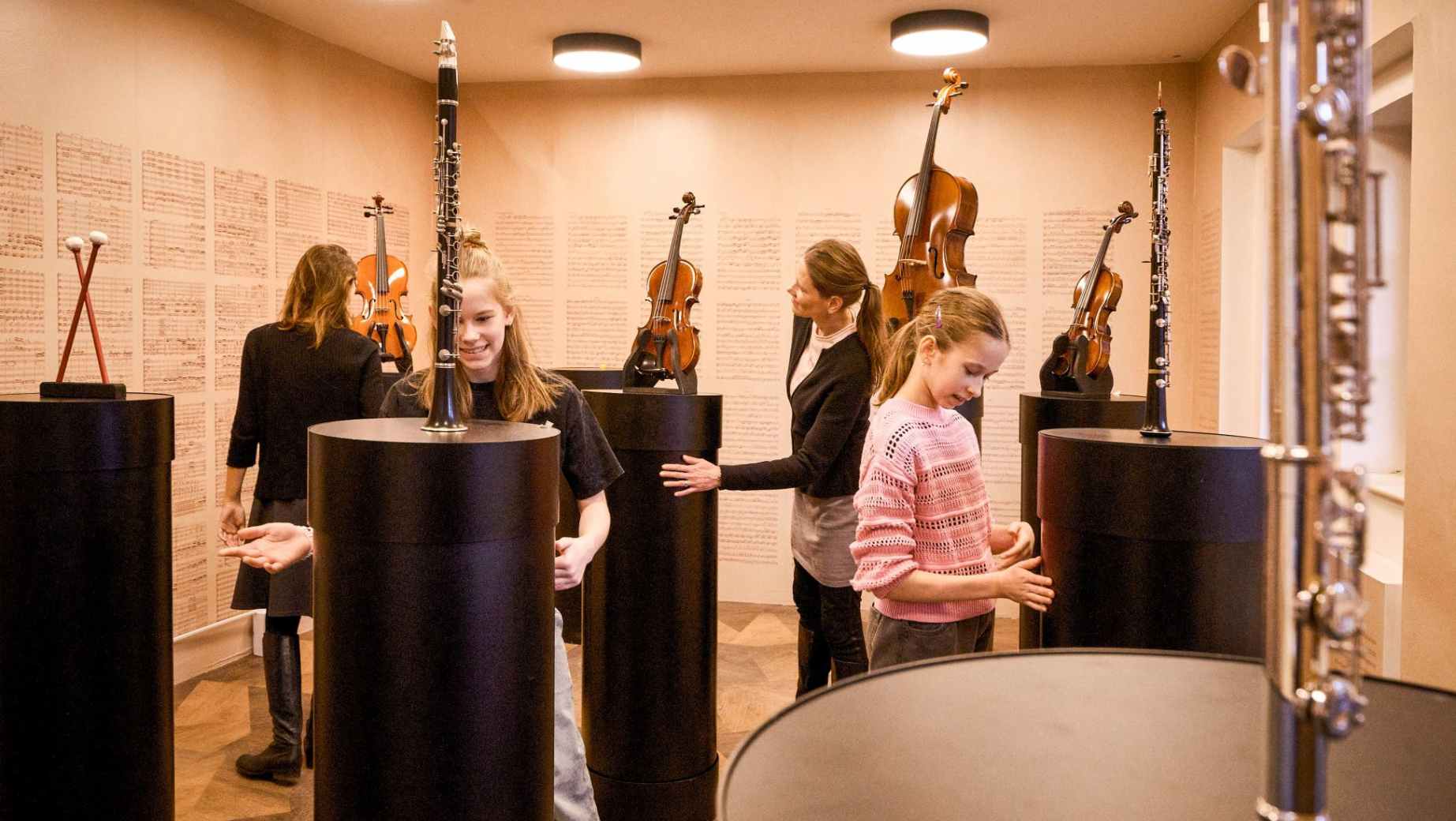
Blending Education and Entertainment
Visitors will engage with hands-on exhibits across three floors, each representing a different stage of Mozart’s life. Beyond the interactive displays, detailed wall texts provide historical context, ensuring a balance between fun and learning.
“The Mozart Interactive Museum in Prague is a fantastic initiative,” said philanthropist Tereza Maxová, a patron of the project. “Mozart visited Prague several times, developed a unique connection with the city, and was cherished by its people. This museum ensures his legacy lives on in an entertaining and accessible way, while also supporting disadvantaged children through special events.”
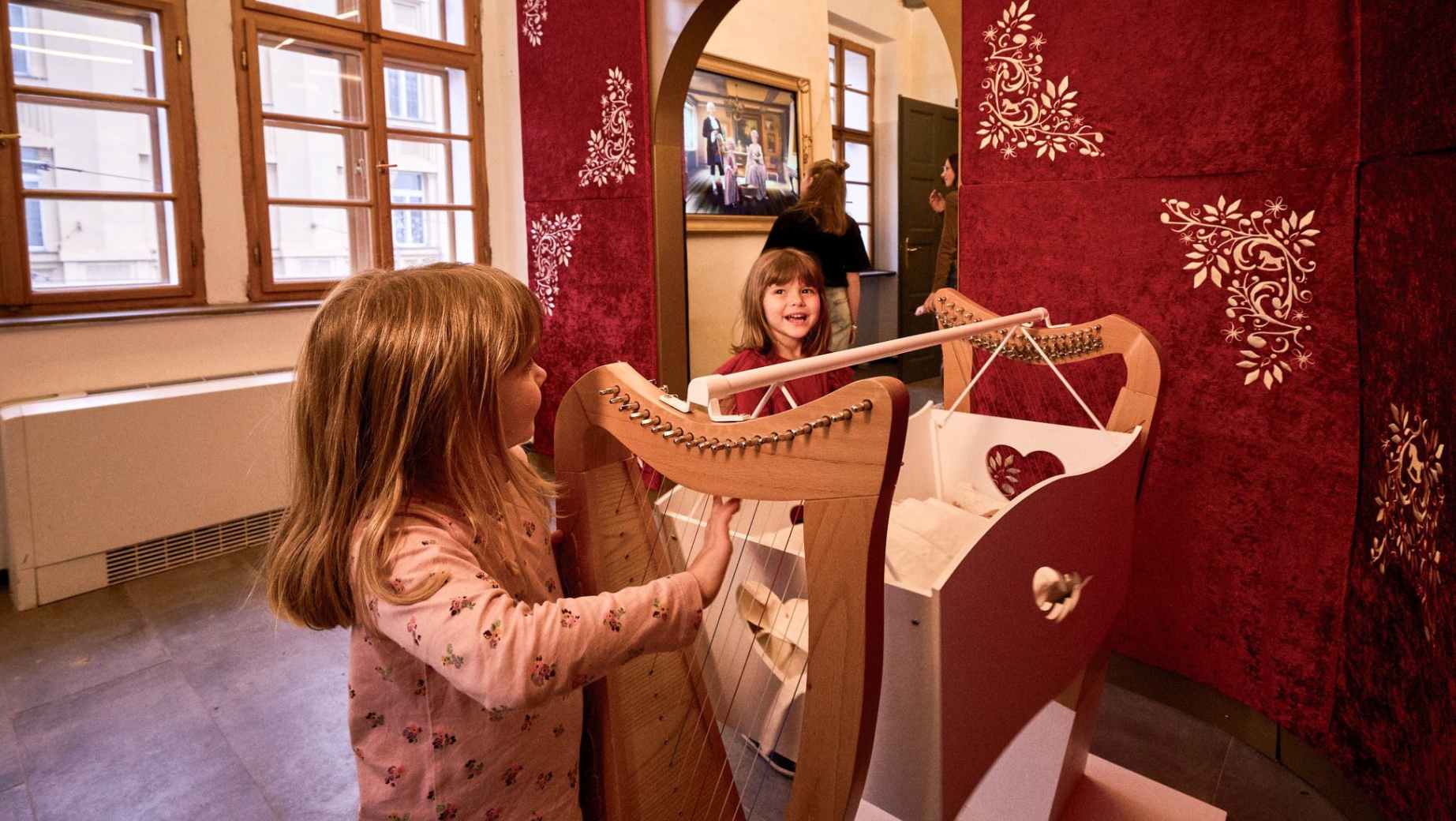
A Unique Musical Journey
The experience culminates with modern adaptations of his works, ranging from hip-hop to reggae and metal, offering an unexpected twist to classical masterpieces. These recordings, featuring orchestras, choirs, and soloists, were created under the direction of conductor Varhan Orchestrovič Bauer in historic Prague locations, including the Church of St. Nicholas and the Faust recording studio.
Four of Mozart’s most famous operas—Don Giovanni, The Marriage of Figaro, The Magic Flute, and Così fan tutte—are also presented through unique video adaptations. For example, Don Giovanni is reimagined as a film noir, while The Marriage of Figaro features an original dollhouse crafted from a double bass.
The Mozart Interactive Museum is open daily from 10:00 AM to 8:00 PM. Located at Karmelitská 33 in Malostranské náměstí, Prague 1, it’s easily accessible via the Malostranská tram stop.
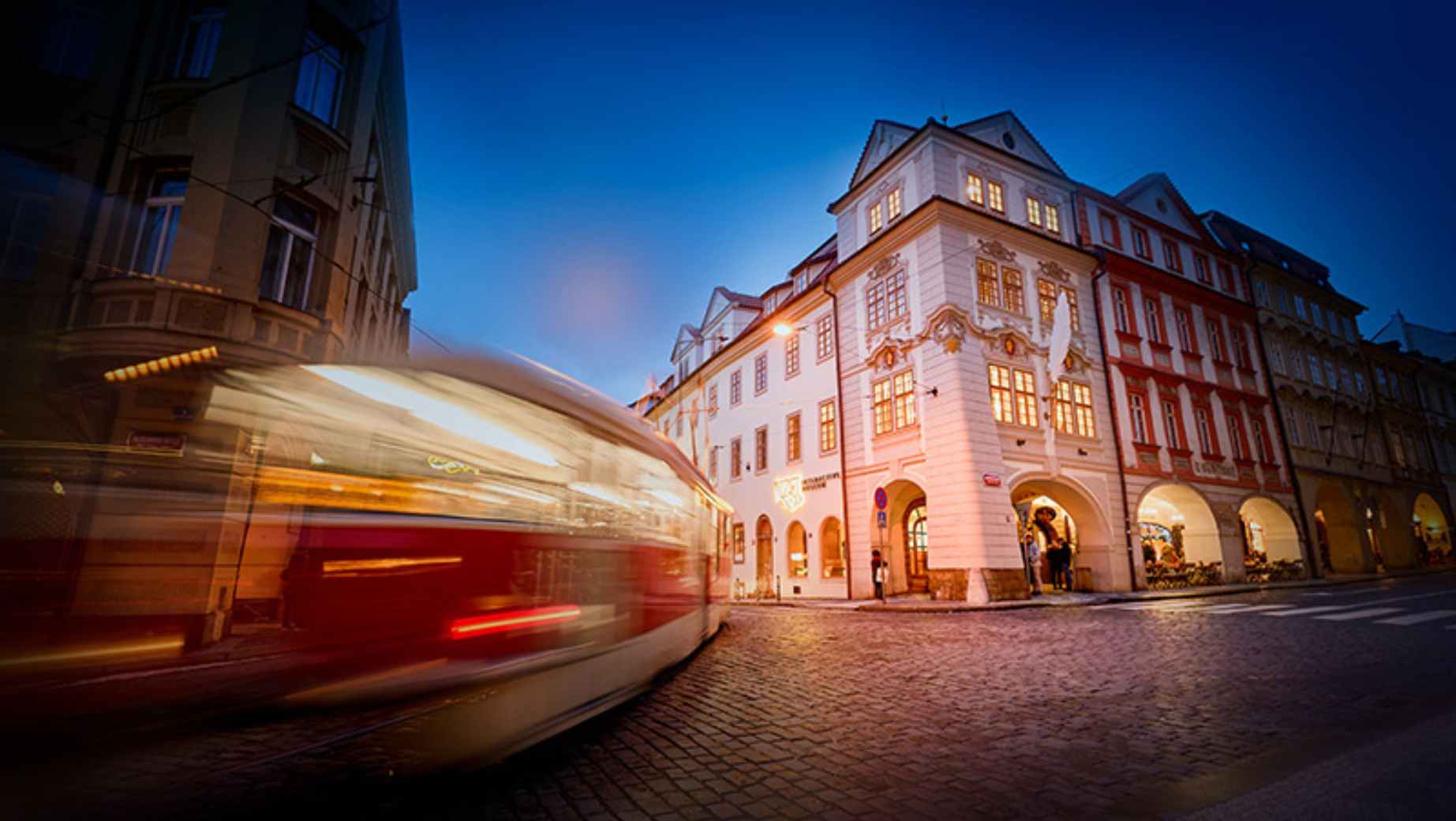
Would you like us to write about your business? Find out more
The Czech Republic ranks as one of the most expensive countries in Europe for mobile internet.
Recent data reveals that the country is second only to Latvia in terms of high internet costs within the European Union. Globally, the situation isn’t much better, as Czechia ranks 193rd out of 237 countries evaluated for mobile data affordability.
According to the British server Cable.co.uk, the average price for 1 GB of mobile data in Czechia was a staggering 70.95 CZK last year.
By comparison, Austria offers the same data for as little as 0.47 euros (around 12 CZK), while Italy provides a gigabyte for a mere 0.08 euros (about 2 CZK).
A History of High Prices
“Expensive data has been a long-standing issue in the Czech Republic,” says Martin Thienel from Kalkulátor.cz, an online price comparison platform. “When compared to neighboring Austria or even popular holiday destinations like Italy, where mobile internet is significantly cheaper, the situation here is disheartening.”
The most recent analysis covered over 5,600 tariffs worldwide between June and September 2023. It revealed that the cheapest gigabyte in Czechia costs 19.97 CZK, while the most expensive reaches an eye-watering 349 CZK. For context, the global average price is $0.46 (roughly 10 CZK), making the Czech average almost seven times higher.
Progress, but at a Snail’s Pace
While prices have gradually decreased in recent years, the pace is far from encouraging. In 2021, the average price for 1 GB of data was close to 200 CZK, and in 2022 it dropped slightly to 90 CZK. By 2023, the average had improved, but Czechia remains far behind most European nations.
Thienel explains that the Telecommunications Amendment Law, introduced in April 2020, helped bring some relief by allowing customers to switch providers without penalty after three months. “This has forced operators to be more competitive, but the price reductions are still moving too slowly compared to other countries.”
How to Save on Mobile Internet
For consumers looking to lower their internet bills, there are practical steps to take:
- Compare Regularly: Evaluate offers from the three major operators and various virtual providers. Many people pay for services they don’t use, such as unlimited calls or SMS, which may not be necessary if you primarily use data.
- Leverage Expert Tools: Platforms like Kalkulátor.cz offer tools to find tailor-made tariffs. Operators are promoting seasonal discounts and Christmas packages, making this an excellent time to reassess your plan.
- Under-the-Counter Deals: Some of the best savings come from unadvertised offers, which experts at Kalkulátor.cz can help you access. “These deals often save users hundreds of crowns a month,” says Thienel.
Would you like us to write about your business? Find out more
On Wednesday, December 18, passengers in the Prague Metro will experience a holiday event—a live nativity scene at Jiřího z Poděbrady station.
Known as the Mobile Nativity Scene, this performance brings a festive atmosphere to the daily commute.
Starting at 6:00 p.m., performers dressed as the Virgin Mary, Saint Joseph, baby Jesus, an angel, and the Three Wise Men will ride the station’s escalators.
Their movements will create a moving Christmas display, drawing smiles and interest from onlookers.
“The idea is to create the illusion of a moving Christmas scene on the escalator,” said the organizers. “The escalator moves, we move mechanically, and people around us are smiling and taking pictures.”
This performance will last approximately 20 to 30 minutes, giving commuters a chance to capture the moment and immerse themselves in the holiday atmosphere.
Additional details about this event here
Would you like us to write about your business? Find out more
The Czech Hydrometeorological Institute has forecast a chilly and cloudy weekend for the Czech Republic, with frosty temperatures and occasional snowfall.
However, a significant warming trend is expected as the new week begins, bringing milder conditions to much of the country.
Friday, December 13: The day will be mostly cloudy, with snow expected in some areas. Snowfall is likely not only in mountainous regions but also in lower-lying areas. Daytime temperatures will range from -2°C to +2°C.
Saturday, December 14: Similar weather will continue, with cloudy skies dominating throughout the day. Overnight, temperatures may drop as low as -6°C, while daytime highs will range from -1°C to +3°C. Snowfall is expected, particularly in the western and northwestern parts of the country.
Sunday, December 15: The weather will remain overcast, with occasional snow in some regions. In areas below 300 meters above sea level, precipitation may fall as rain or a mix of rain and snow. Daytime temperatures will slightly rise, reaching between 1°C and 5°C.
Weather outlook from Monday to Thursday:
The weather from Monday to Thursday will be predominantly cloudy, with some regions experiencing partial cloud cover. In the early days of the week, isolated rain showers are expected, with snowfall in mountainous areas.
Nighttime temperatures will range from 7°C to 2°C, gradually warming to +4°C to -1°C by Thursday.
Daytime temperatures will vary between 4°C and 9°C, offering relatively mild conditions compared to the colder weekend. Expect changing weather patterns, with occasional rain and snow in higher elevations.
Would you like us to write about your business? Find out more
Coffee lovers will soon face a higher bill as prices for arabica coffee have hit record levels.
This week, coffee futures surpassed the previous peak from 1977, nearly doubling in price this year alone.
Futures contracts for arabica coffee reached over $3.45 per pound (0.45 kilograms) this week, breaking a nearly 50-year-old price record.
While Brazil, the world’s largest producer of arabica, was affected by devastating frosts in 1975, this year’s price surge is due to a prolonged drought.
In addition, Vietnam’s robusta coffee production has also been impacted by drought during the growing season, followed by heavy rains at the start of the harvest.
“The drought has been a key factor this year,” explains Jiří Tyleček, chief analyst at XTB. “In spring, Vietnam’s robusta crops began to suffer, and by autumn, the drought reached Brazil, affecting arabica production—the worst in the last 70 years.”
This situation represents a perfect storm of multiple challenges. Alongside adverse weather, there are growing concerns about the tariffs former U.S. President Trump is preparing to impose on imported goods starting in January. “The U.S. is unusually overstocking, which exacerbates the rising prices trend,” adds Václav Durďák, owner of Coffeespot coffee roastery.
But the price hike isn’t limited to the U.S. The upcoming EU regulation aimed at reducing deforestation could make both coffee and cocoa more expensive in Europe, according to Jiří Tyleček, chief analyst at XTB
Will Espresso in Prague Cost a CZK 100?
The price of espresso in cafes is expected to rise, although economists believe the increase won’t mirror the dramatic rise in coffee futures.
“The situation will undoubtedly affect cafe prices, but operators also consider other factors like energy costs and wages when setting prices. So, the increase is unlikely to be severe,” reassures Lukáš Raška from Portu.
“We are the last ones who want to raise prices. Thanks to prudent stockpiling, we’ve managed to keep prices lower for several months.”
Tyleček suggests that coffee prices in cafes could rise by about 10%.
He adds, “Consumers should prepare for further price increases in the coming months, as the weak Czech koruna also drives up the cost of importing coffee.”
Would you like us to write about your business? Find out more
The Czech Republic ranks last in the European Union in terms of women working in science, according to a recent report from the National Contact Center – Gender and Science, part of the Czech Academy of Sciences.
The study highlights a concerning trend: despite overall growth in the research sector, the share of women in scientific fields has declined over the years.
The monitoring report analyzed data from 2005 to 2022, revealing that the Czech Republic has failed to leverage the potential of qualified women in science fully.
Over this period, the total number of individuals employed in research and development doubled, yet the proportion of women dropped slightly. By 2022, women accounted for just 28.7% of scientific roles, the lowest percentage in the EU.
Higher Education Trends Favor Women, but Leadership Lags Behind
Women dominate undergraduate and master’s degree programs in the Czech Republic, and their numbers among doctoral students are gradually increasing.
However, this progress is not reflected in senior roles within academic institutions. As Dr. Maříková-Kubková points out, her own institution lacks women in top-level management.
This imbalance extends beyond leadership. Women are frequently employed in administrative positions, while leadership roles are predominantly occupied by men.
Motherhood as a Career Obstacle
Motherhood is another significant barrier to career advancement for women in science. Barbora Pafčo, a scientist at the Institute of Vertebrate Biology, highlighted the difficulty women face when returning to the rapidly evolving scientific field after maternity leave. This disruption often hinders their ability to keep pace with advancements and limits their professional growth.
EU Comparisons Highlight the Gap
Across the European Union, women make up 52% of the workforce in science and research. Lithuania tops the list with 64% female representation.
Would you like us to write about your business? Find out more
The Czech lower house of parliament approved changes in rules for state aid to solar power plants on Wednesday that may reduce support for some projects, drawing criticism from industry representatives who said they violated government commitments.
The bill, which still needs approval by the upper house, requires power plants built in 2009-2010 – when profits were high – to produce annual profitability calculations that will be used to judge if they should get state aid.
It also extends the scope of the calculation to the full lifetime of a plant rather than just the period in which state support is granted.
Lawmakers did not approve some of the most controversial proposals, which would cut the allowed return on investment of solar plants, or halt aid paid for electricity produced at times when surplus production cuts market prices below zero.
The government, which faces a parliamentary election next year, has said it needs to limit state aid to shore up the budget.
Industry representatives said the bill was damaging.
“It is absurd that the government is trying to fill holes in the budget by violating commitments to investors, Czech and European law,” Jan Krcmar, head of the industry group Solar Association said in a statement.
He said the state risked causing an “unprecedented shock for banks” which finance solar projects and that three foreign investors, whom he did not name, were planning an appeal.
Would you like us to write about your business? Find out more
The Powder Gate in Prague has completed the initial phase of its revitalization project.
This stage included a detailed assessment of the tower’s outer facade, enabling restorers to gather critical data about the structure and its architectural elements.
These findings will serve as the foundation for a comprehensive renovation plan. The first phase also included cleaning the tower’s exterior, with the total cost amounting to CZK 5 million.
The follow-up project documentation for the full restoration will begin next year after all survey results are analyzed, with completion of these findings expected by April 2024.
“In December, we will remove all scaffolding from the Powder Gate, which was in place for less than five months,” said Petr Kotalík, head of the Monuments Administration at Prague City Tourism.
“This allowed us to examine the condition of sculptural details thoroughly, especially after cleaning away surface dirt.” Kotalík added that in addition to basic cleaning with a steam generator, advanced methods such as chemical, mechanical, and laser cleaning were tested.
“During our survey, we specifically looked for traces of original polychromy, or colored decoration,” explained Tomáš Rafl, the project’s lead restorer.
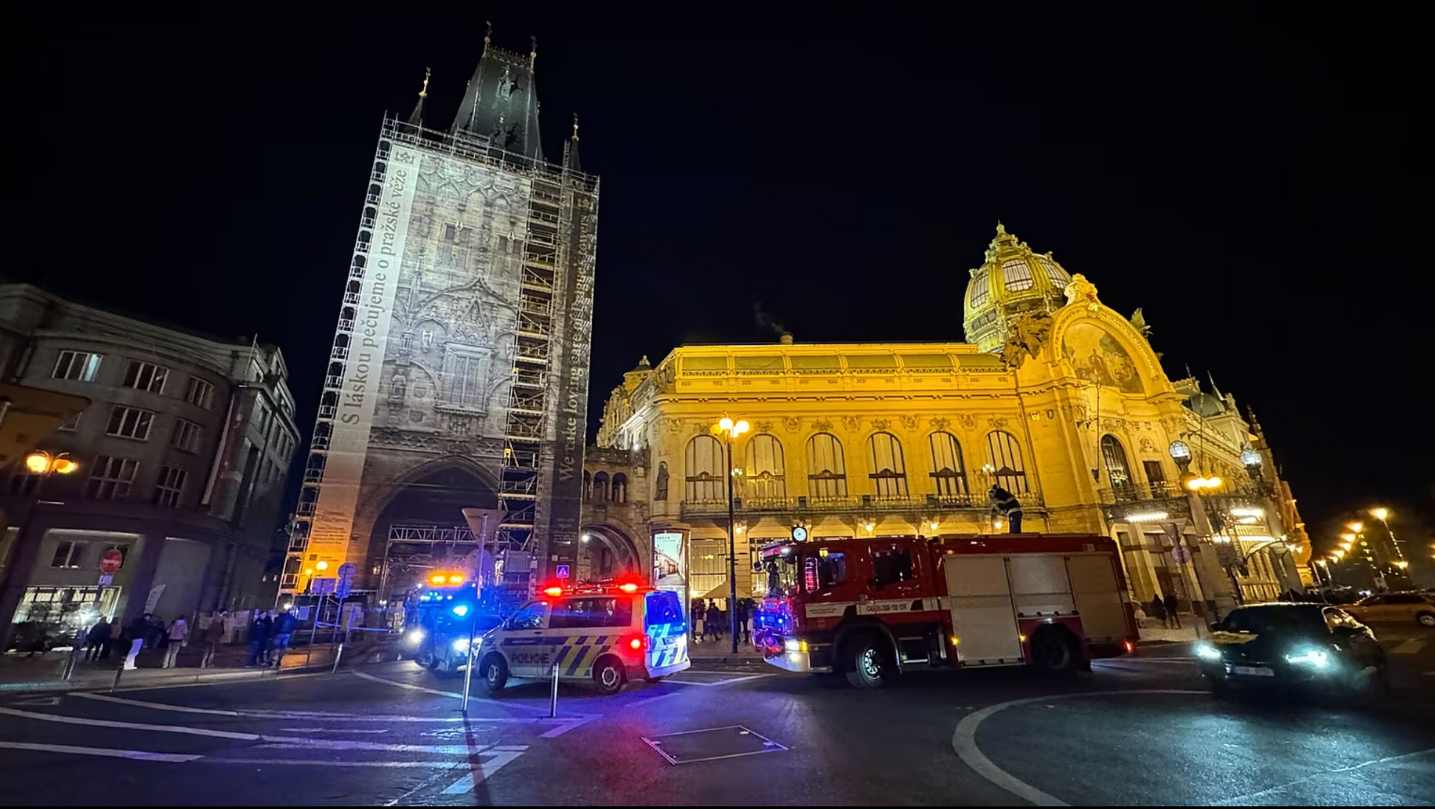
“The assumption that the Powder Gate never featured colored decoration was confirmed. By examining the tower’s shell, we acquired essential information from both historical and structural perspectives. Based on our tests, we will select the optimal technological methods for the next phase of repairs.”
The Powder Gate, built in 1475, is among the most iconic examples of late Gothic architecture in Prague. It marks the entrance to the Royal Route, which leads to Prague Castle.
Standing 44 meters high, the tower’s observation deck offers stunning views of Prague’s city center, attracting thousands of visitors each year. In 2024 alone, the Powder Gate welcomed nearly 70,000 domestic and international tourists.
Would you like us to write about your business? Find out more
L. Frank Baum’s “The Marvelous Land of Oz” will be performed as a stage adaptation in Prague on December 20, 2024 at Divadlo D21.
Organized by the theatre group The Mad and Merry Men, the production is a charity event aiming to support victims of the recent floods across the Czech Republic.
Instead of going with the famous first book, this adaptation brings Baum’s second volume in the Oz series to life:
The story follows Tip, a boy fleeing from the witch Mombi, who joins forces with excentric characters like Jack Pumpkinhead, the Scarecrow or the strange professor Woggle Bug – who, just as his name says, is a giant Insect.
Together, they journey to the Emerald City, encountering themes of identity and transformation along the way, making it a timeless story that resonates with audiences of all ages.
„Tip is a peculiar creature of remarkable eagerness and presence of mind, ready to cause mischief for his own amusement”, says actress Rozálie Andělová. „He is relatable, good-natured and well-intending, an embodiment of idealism – something our world is in need of, now more than ever.”
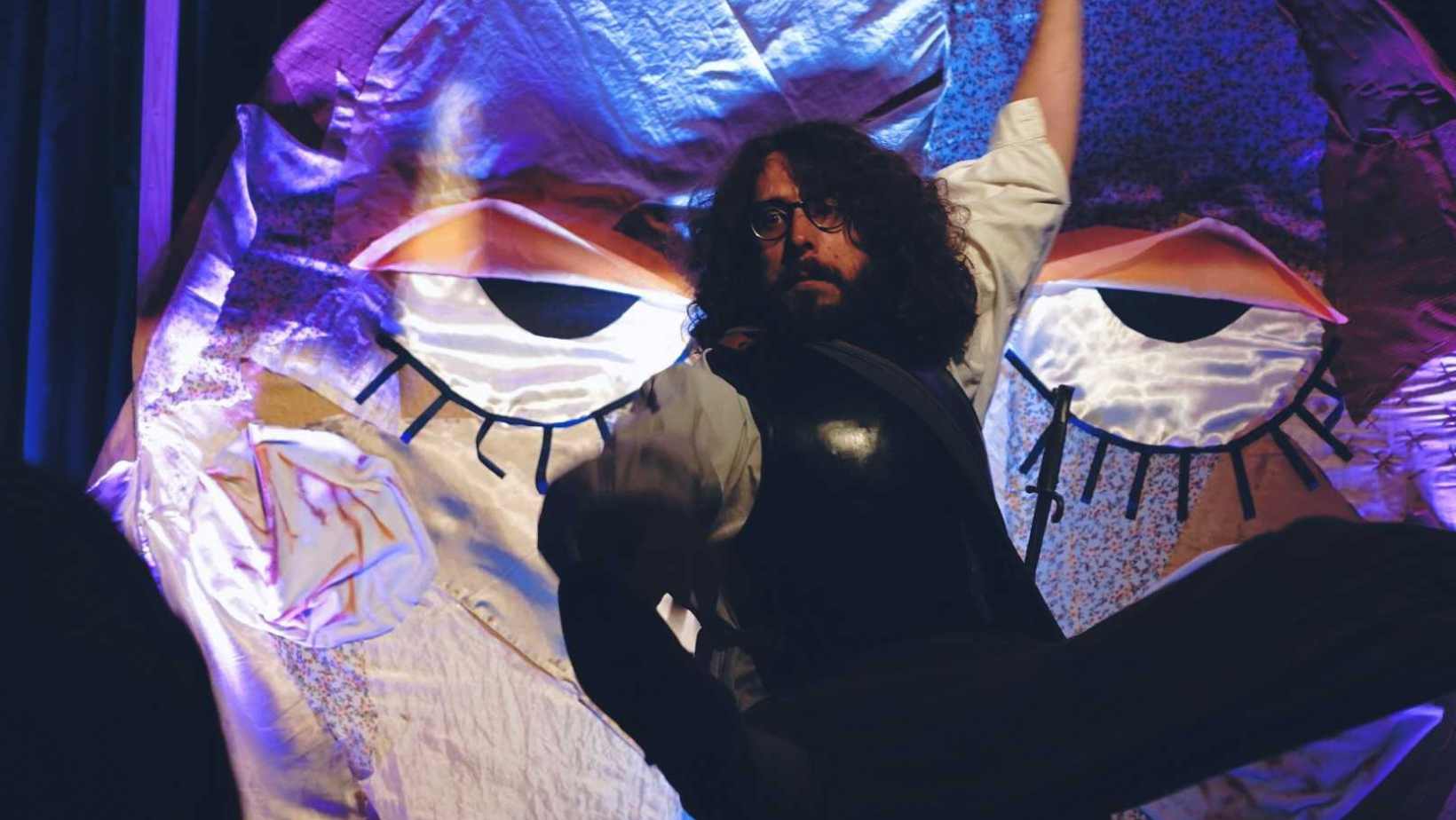
Baum wrote The Marvelous Land of Oz as part of a 14-book series set in the world of Oz, which has inspired countless adaptations in literature, film, and theatre, though many Czech families are unfamiliar with the tales; a thing the Group wants to change.
The Mad and Merry Men, who last performed the baroque spectacle ‘Baron Münchhausen between the Stars’ with a chamber orchestra and opera singers on Vyšehrad in summer, have created a version of the story that remains faithful to Baum’s original while adding their own theatrical flair in their first children’s theatre play: The colourful costumes, hand-painted backdrops and exuberant play all follow the question: ‘How would children imagine this fantasy land?’
Tickets are priced from CZK 250 for Children and CZK 400 for their grown-ups.

